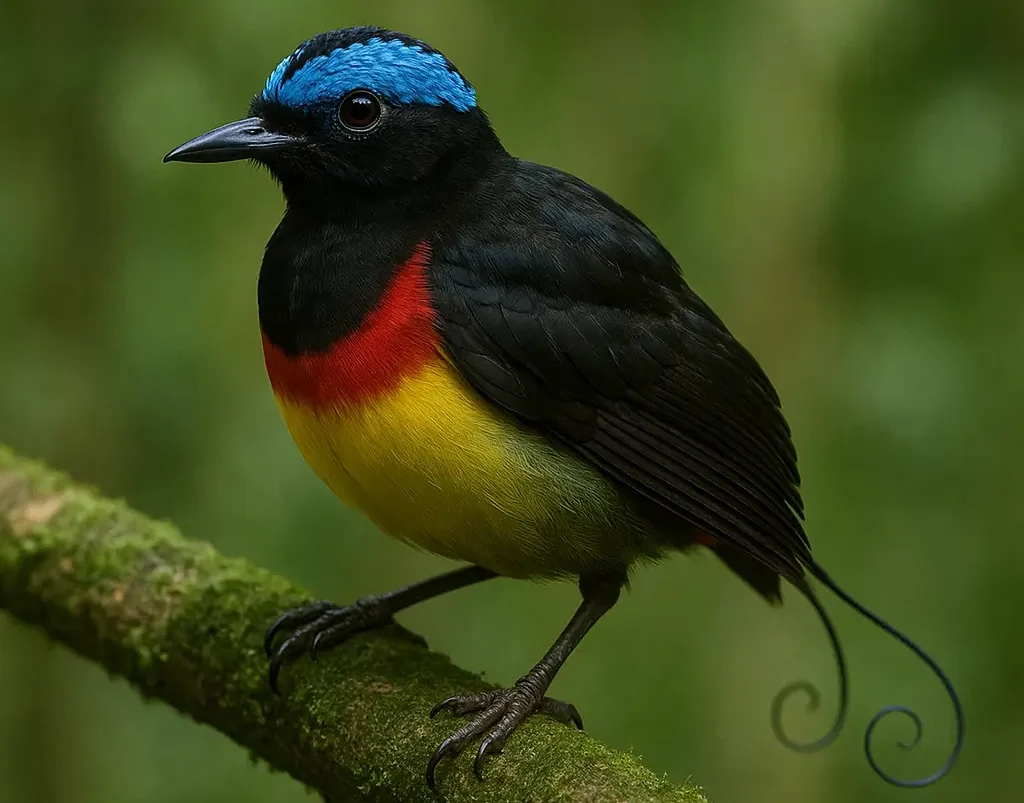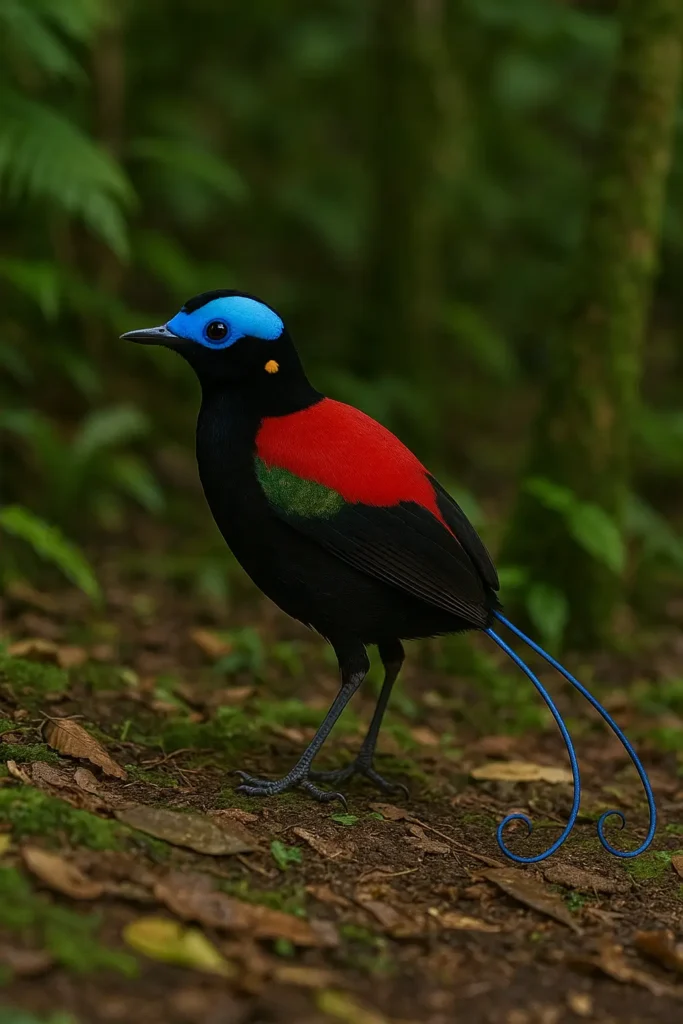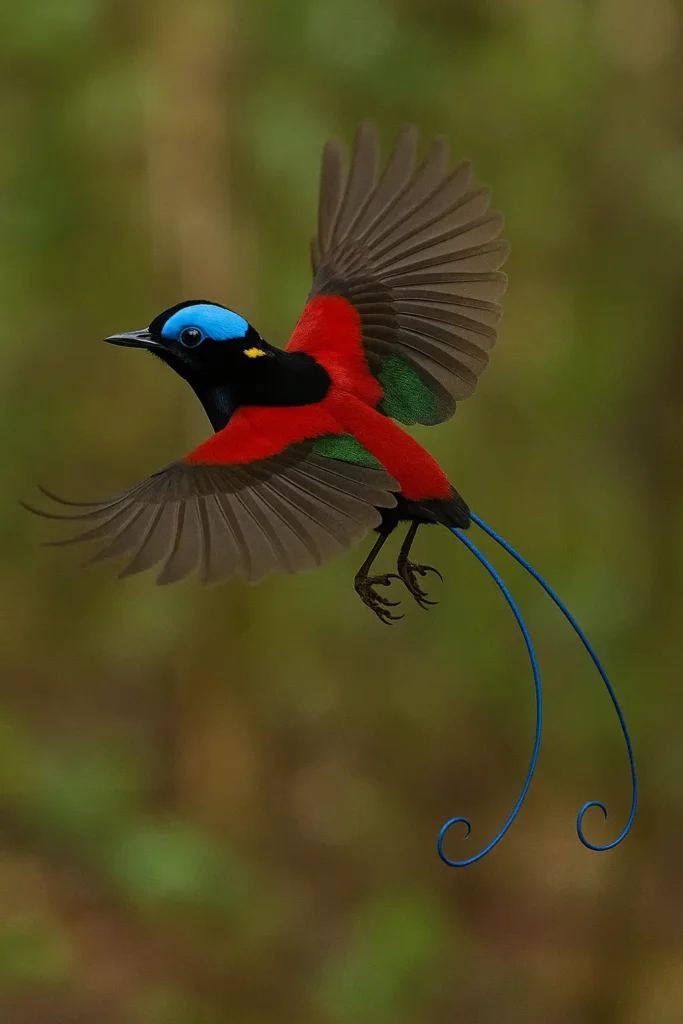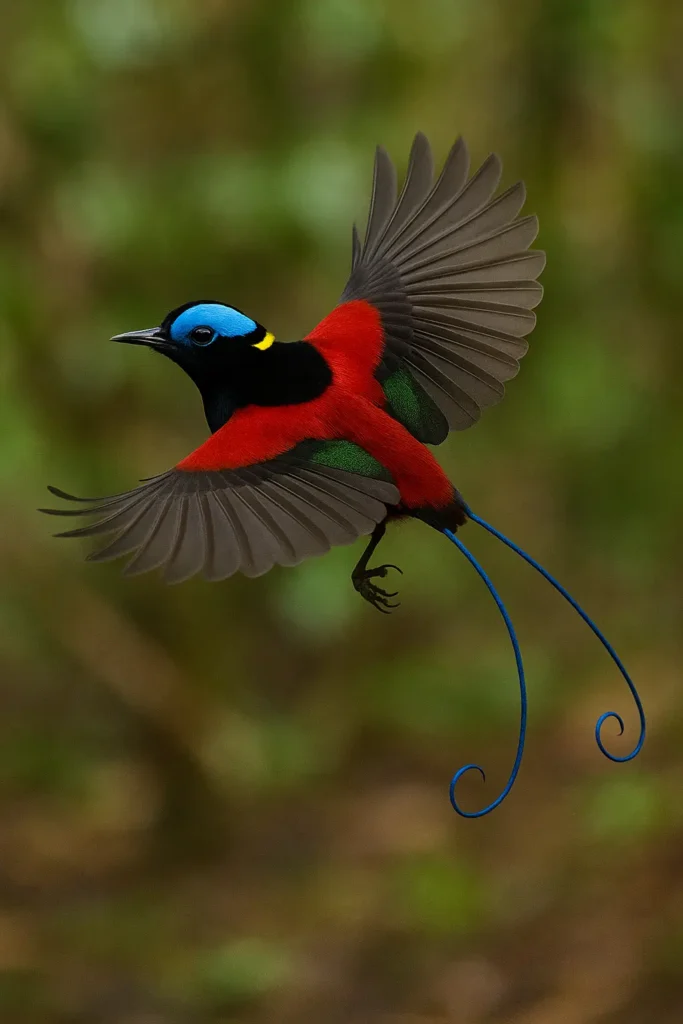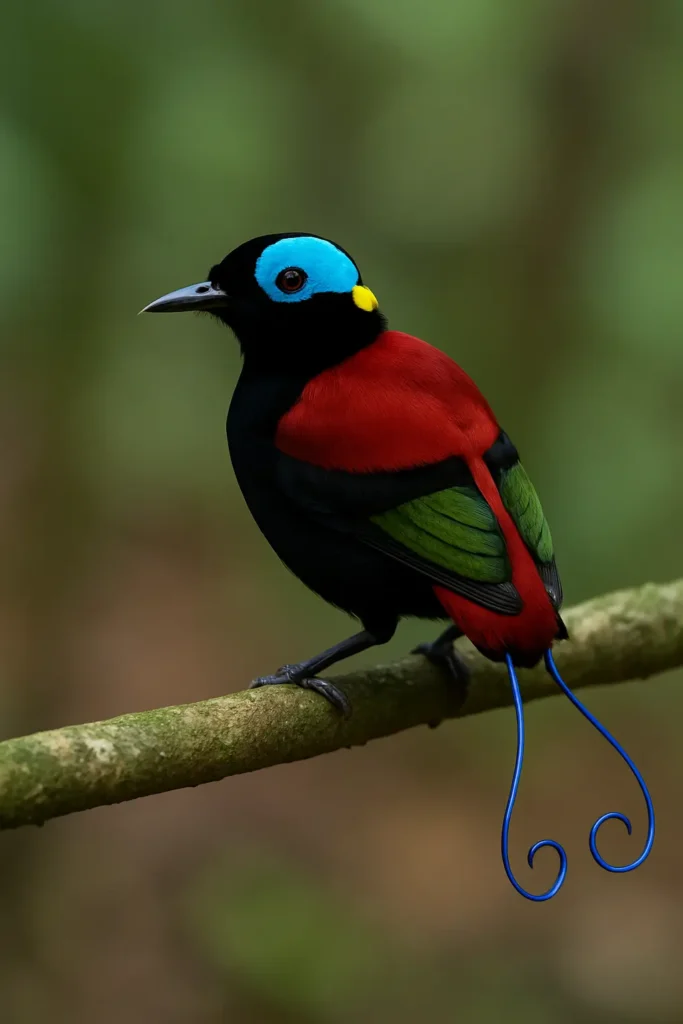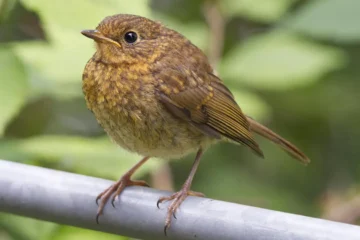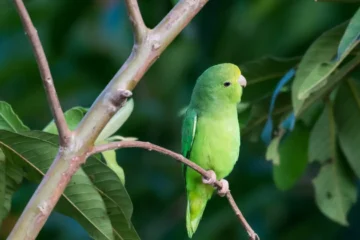Wilson’s Bird of Paradise is a small and colorful bird found mainly on the islands of Indonesia. This bird captures attention in bird exhibits across the United States. This bird is famous for its bright blue crown, emerald green chest, and red back. Males perform amazing dances to attract females which shows off their brilliant feathers.
Wilson’s Bird of Paradise lives in lowland rainforests and loves quiet areas. Bird lovers admire its perfect mix of colors and its lively behavior. Its attractive look makes it one of the most admired exotic birds worldwide.
Images of Wilson’s Bird of Paradise
Characteristics of Wilson’s Bird of Paradise
This bird appears quite attractive and different compared to other birds. Here are certain characteristics of this special bird: Wilson’s Bird of Paradise lives around 5 to 8 years in the wild. It can live up to 10 years with proper care in the human captivity. This bird is quite rare but possess some very eye-catching habits which can grab the attention of the humans. Here are certain interesting facts related to this bird: This bird has a bald and bright-blue crown that looks like it was painted. This color comes from structural light reflection and not pigment. It glows with a neon effect in the sunlight. No feathers grow on this crown and it’s completely skin. This makes it stand out from other birds. It’s one of the first things birdwatchers notice. This bird is native to only Waigeo and Batanta, two islands in Indonesia. That means it doesn’t migrate or live elsewhere naturally. American zoos rarely inhabit it and this limited range makes it rare. Males clear the ground before performing mating dances. They remove leaves, twigs, and debris. This cleaning helps keep the focus on their movements. It’s a unique behavior compared to other birds and shows how much effort they put into impressing females. Scientists call it “courtship maintenance.” The male bird has two curled tail feathers. These feathers twist outward in a perfect spiral and they appear like wire or decorative swirls. The tail moves rhythmically during dance. It’s one of the bird’s most exotic features. Few birds on Earth have this type of tail. Males sometimes hang upside down from branches. They spread their wings and display their chest while hanging. This acrobatic move shows off every feather. The behavior is rare among birds as it requires strong claws and coordination. It’s only seen during the peak mating season. Males flash their chest feathers like a signal. These feathers can fold and spread rapidly. They form a vibrant and glowing pattern when they spread. This surprise movement attracts female attention which is a visual signal used in courtship. No sound or call is involved in this trick. The bird’s face appears mask-like due to color patches. The skin turns black around the beak and eyes. The bright blue crown stands out more because of this. This gives the bird a superhero-like look. These contrasts make them striking in the wild and many artists use it as inspiration. Wilson’s Bird of Paradise is nearly impossible to find in the U.S. Only a few specialized aviaries outside the country have them. Most Americans know them through documentaries. That adds to their mystery and appeal. The bird remains a symbol of untouched rainforest life and travel bloggers often highlight them. Some of their feathers reflect light in a unique way. These are called structurally colored feathers. They bend light to show color instead of using pigments. This causes a shimmering effect which can make the colors appear unreal. It’s part of what makes them so famous. Female Wilson’s Birds of Paradise are brown and simple. Only males display the vivid blues, reds, yellows, and greens. This sexual dimorphism helps females stay camouflaged. Males use their bright colors only for attracting mates. The contrast between sexes is extreme which reflects strong evolutionary pressure. Wilson’s Bird of Paradise is not noisy unlike many tropical birds. Males use physical display more than calls. Their calls are soft and short which helps them stay hidden from predators. It also forces females to find them through movement rather than sound. That’s unusual for birds of paradise. Males remember the exact layout of their display site. If something moves or changes, they’ll fix it before dancing. They check lighting, angles, and shadows. This diaplays strong spatial awareness and scientists compare it to a stage designer. It’s part of what makes their display so effective. Females build nests, but males don’t help at all. The female takes over all responsibilities after mating. She builds the nest using soft materials from the forest. It’s often placed low in dense foliage. The male leaves to attract another mate which is typical in birds of paradise. No other bird in the world has a natural crown like Wilson’s. The glowing blue is truly unique. It can even reflect UV light, visible to birds but not humans. This gives it extra power in bird vision. This bird is only about 6 inches long. It performs energetic dances despite its small size. The main movements include hops, turns, and full-body waves. The energy output is very high for its size and requires high-calorie food to sustain this. Insects and fruits are its main diet. This bird is occassionaly seen in USA and only in zoos and places where non-native birds are kept. Here are certain photography tips which can help you get good photos of this amazing bird: Use a telephoto lens (300mm or more) to capture Wilson’s Bird-of-Paradise without disturbing its behavior. Set your camera to burst mode to catch its fast and unpredictable movements during courtship. Shoot during early morning light to get clear colors of its bright feathers. Stay low and still with camouflage clothing to avoid scaring the bird away. Use manual focus when photographing through dense forest layers to keep the bird sharp. This rarely found bird possesses very attractive appearence and its breath-taking movements catch the attention of the visitors. These birds are observed to be very active during mating time and normally keep their tone silent. These birds are quite brightly colored and naturally have a mask like face. Their feathers can change the direction of light and they have a unique crown. You can only see Wilson’s Bird of Paradise in the wild on two small islands in Indonesia: Waigeo and Batanta. The male has bright colors to attract females during mating; it’s a natural trait driven by sexual selection. No, it’s a protected species and illegal to own as a pet in the United States. It eats fruit, insects, and small invertebrates found in the rainforest undergrowth.
General Characteristic
Wilson’s Bird of Paradise Feature
Scientific Name
Cicinnurus respublica
Feather Color
Bright red and yellow body with a green chest and sky-blue bald head
Tail Type
Two curly tail feathers that look like springs
Head Feature
Neon blue and bare scalp that looks like velvet
Size
Grows up to 6.3 inches long
Weight
Weighs about 50 grams
Diet
Eats mostly fruits, insects, and small arthropods
Call Sound
Makes short and sharp “zik-zik” sounds during mating
Native Habitat
Found only on two small islands in Indonesia
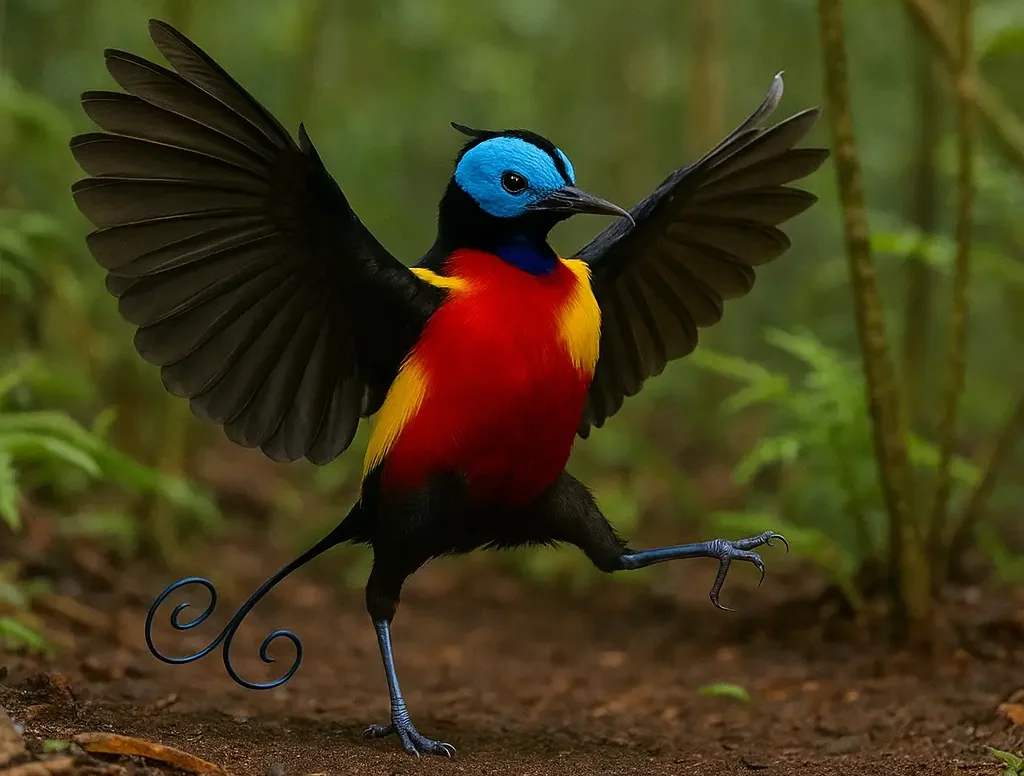
Life Span of Wilson’s Bird of Paradise
Interesting Facts Related to Wilson’s Bird of Paradise
1. Blue Crown That Looks Artificial
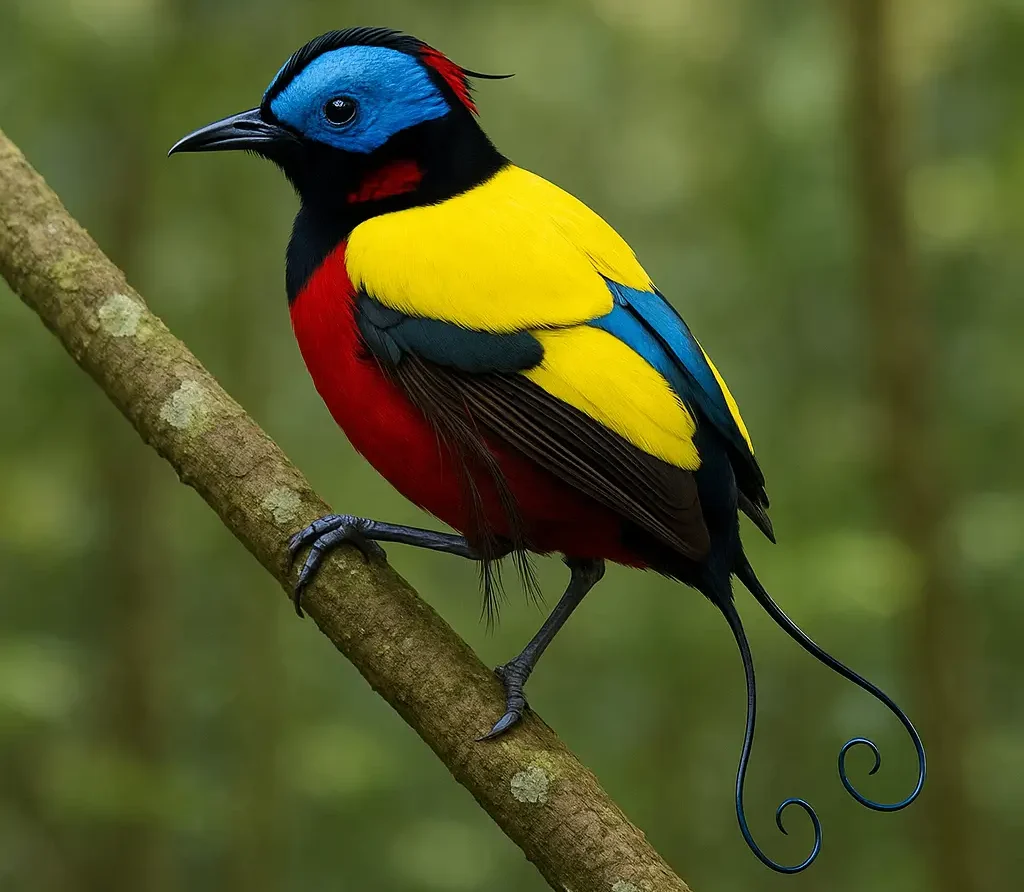
2. Lives Only on Two Small Islands
3. Males Clean Their Dance Floor
4. Spiral-Shaped Tail Feathers
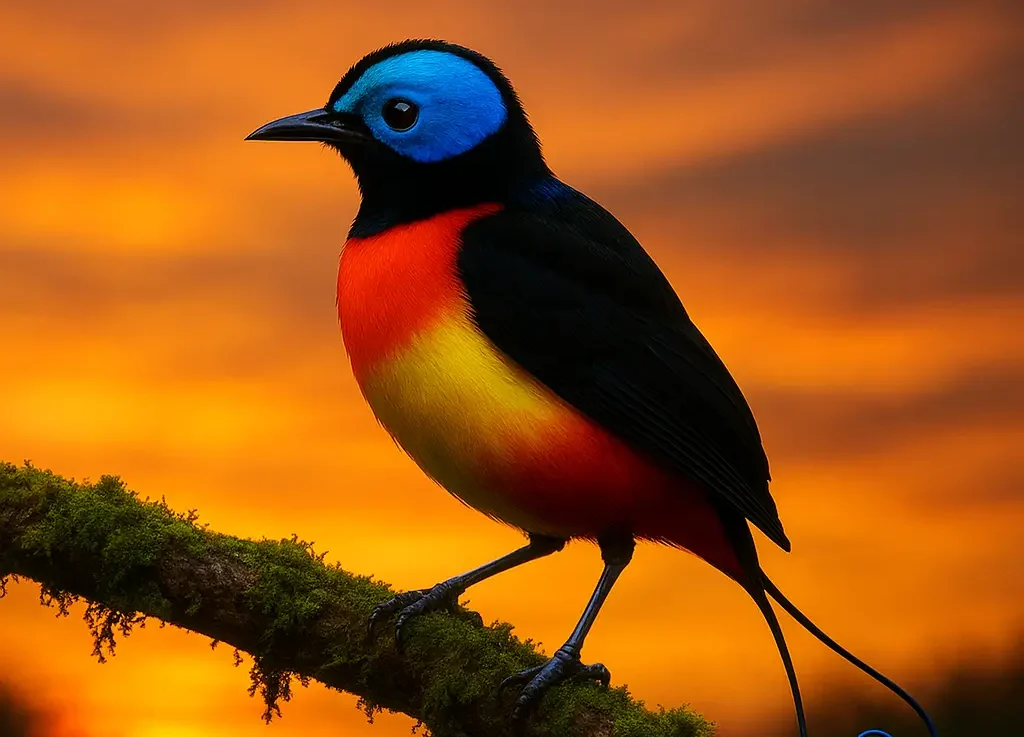
5. They Perform an “Upside-Down” Dance
6. They Use a “Flash” Display
7. They Have a Mask-Like Face
8. Not Found in U.S. Wildlife Parks
9. Feathers Can Bend Light
10. Only the Male Has Bright Colors
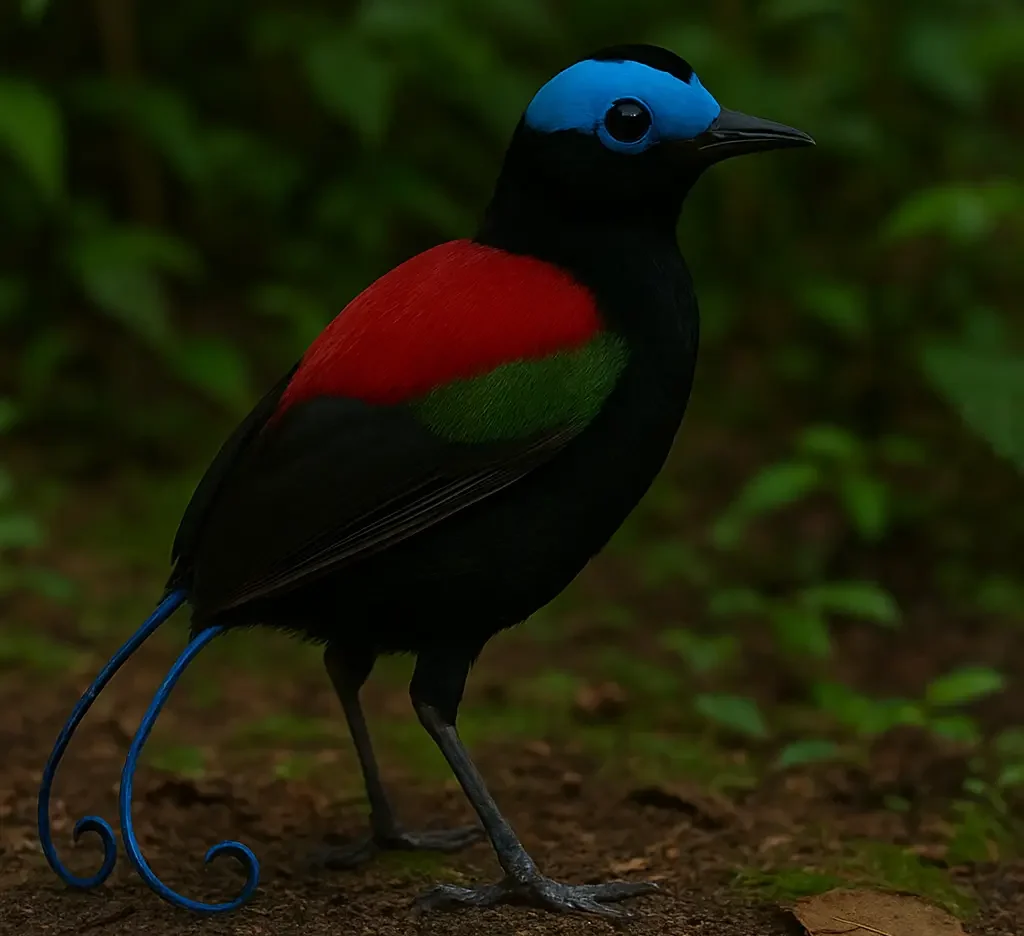
11. Very Quiet Compared to Other Birds
12. Strong Visual Memory in Males
13. Don’t Build Traditional Nests
14. Only Bird With That Crown Color
15. Tiny but Highly Energetic
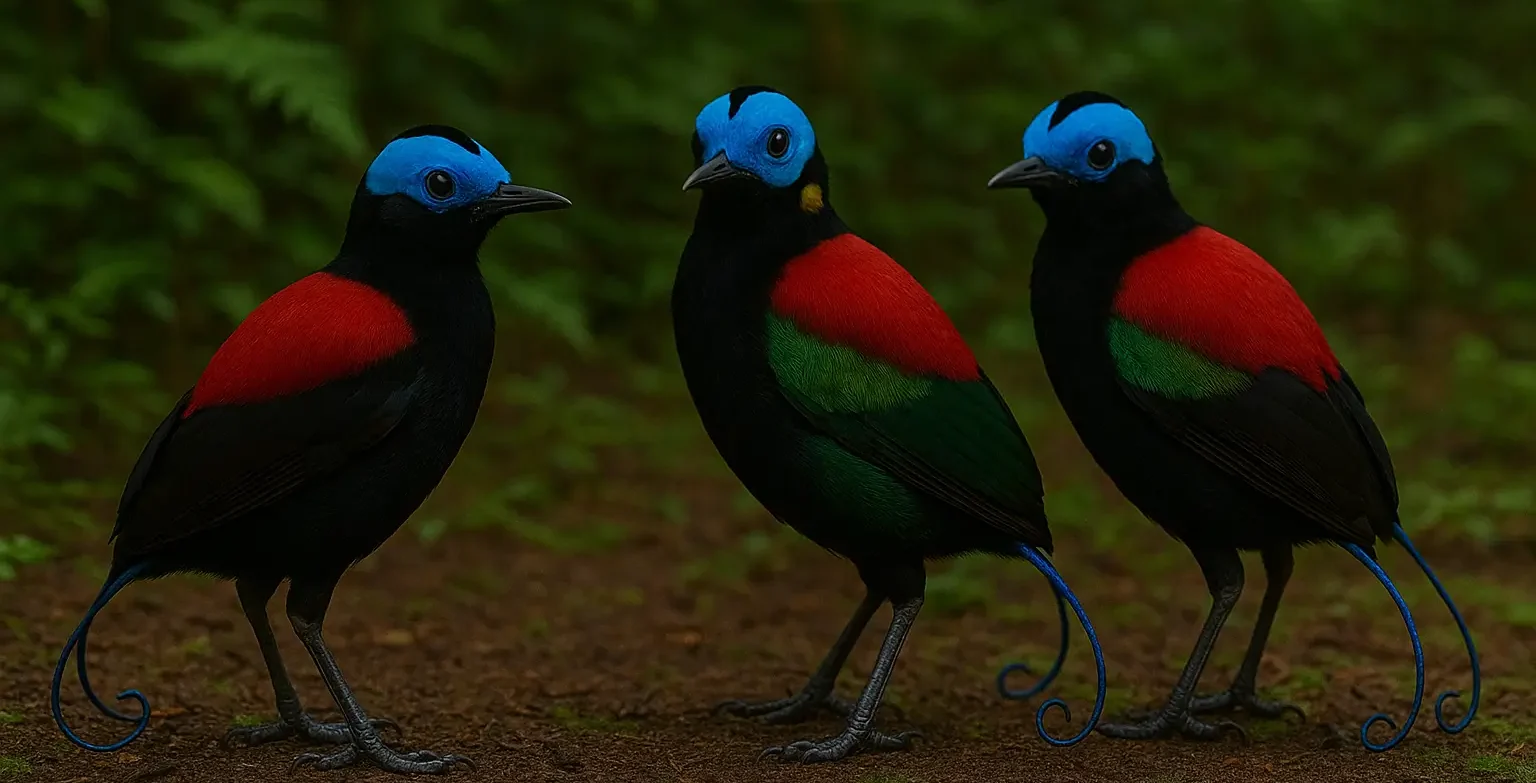
Sightseeing of Wilson’s Bird of Paradise
Location
State in Which it is Located
San Diego Zoo
California
Dallas World Aquarium
Texas
Bronx Zoo
New York
Saint Louis Zoo
Missouri
Photography Tips for Getting Amazing Clicks of Wilson’s Bird of Paradise
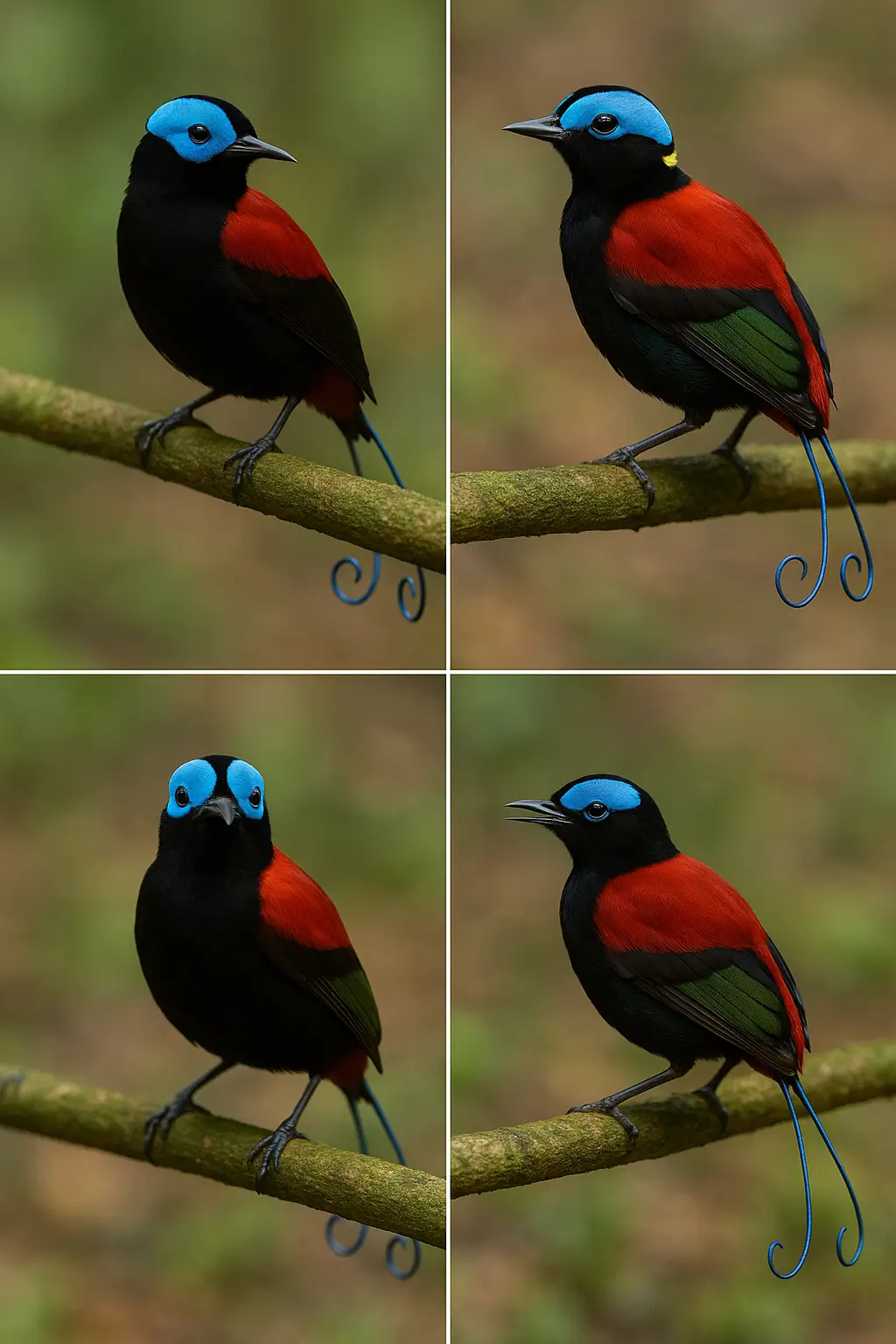
Most Asked Questions
1. Where can I see Wilson’s Bird of Paradise in the wild?
2. Why is Wilson’s Bird of Paradise so colorful?
3. Can I keep Wilson’s Bird of Paradise as a pet in the U.S.?
4. What does Wilson’s Bird of Paradise eat?

